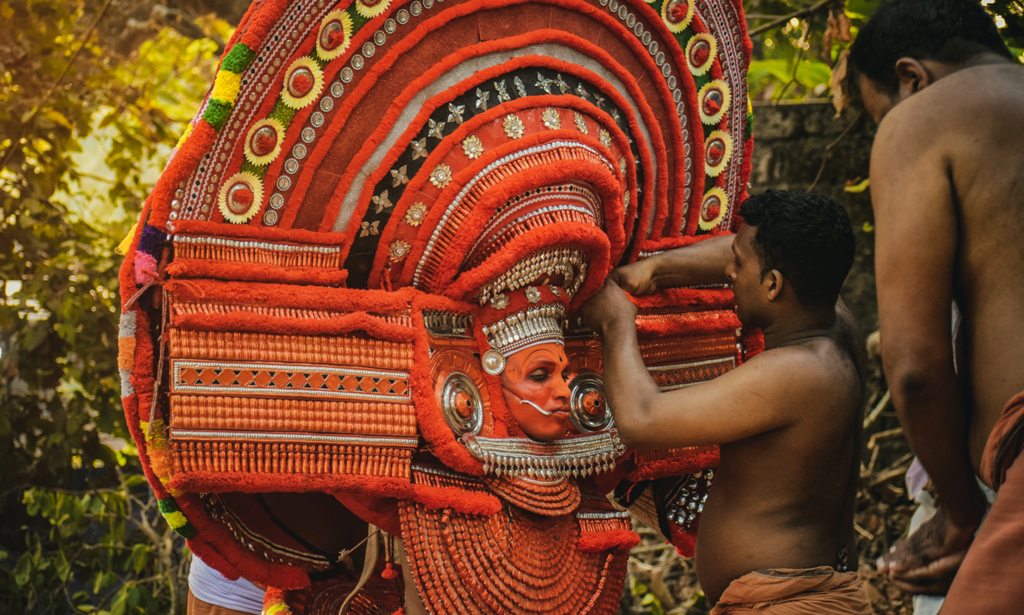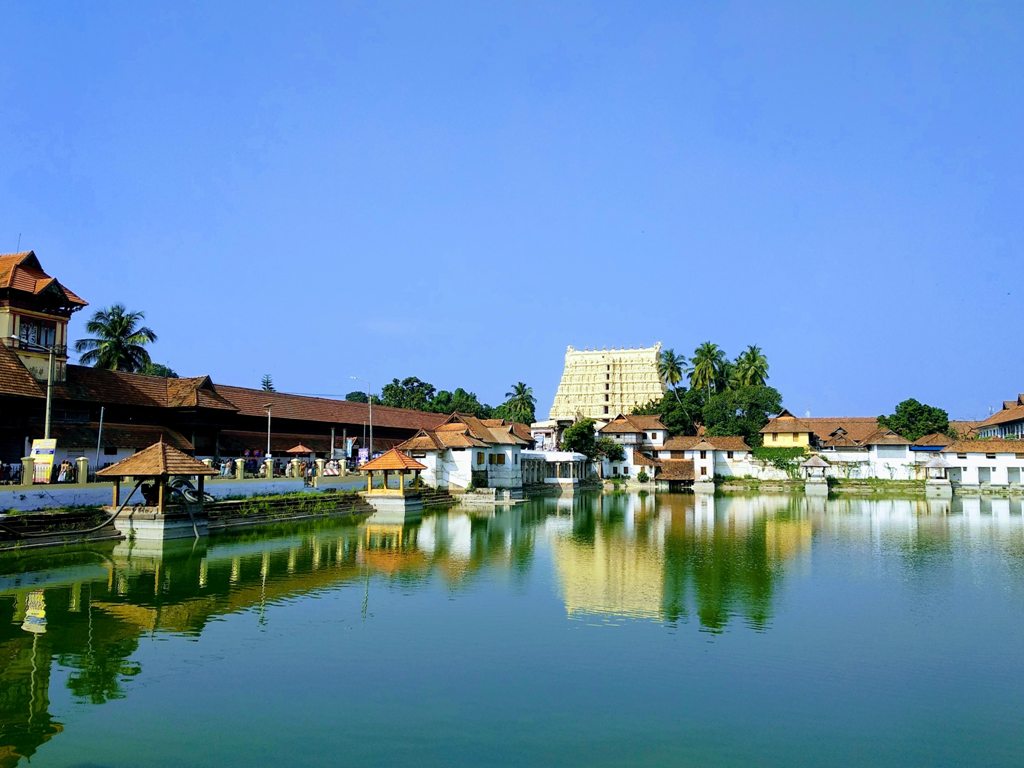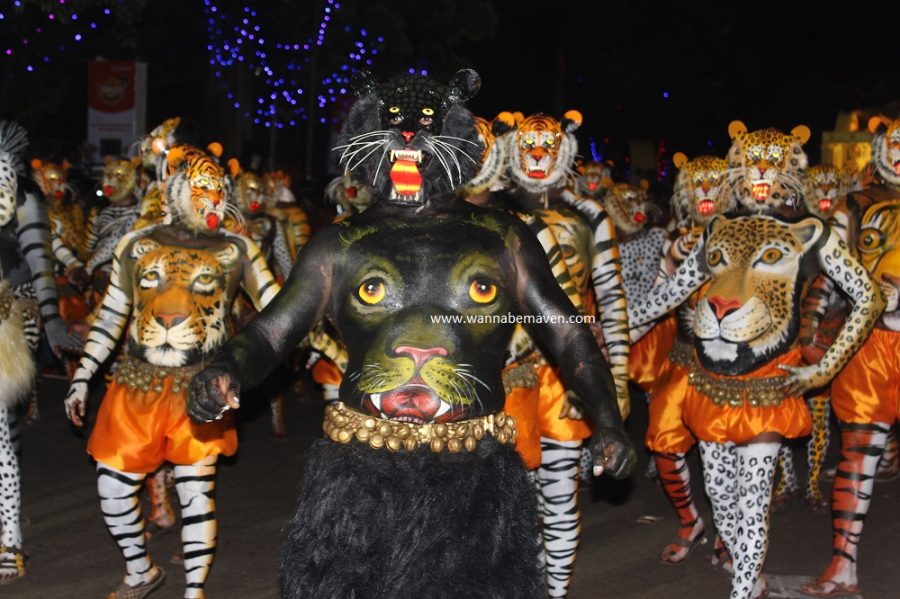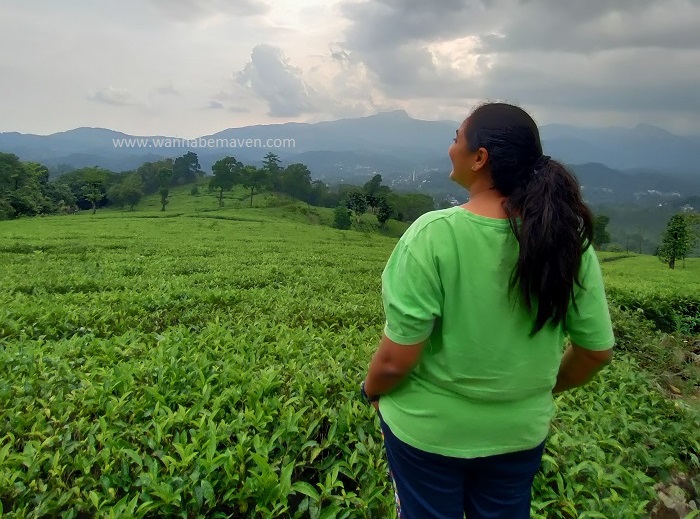Last year, I decided to spend the year-end in Kerala. The agenda was to watch a Theyyam in North Kerala.
Theyyam is an ancient folk dance dating about 500 BCE. Many attribute it to the Dravidian era, in present day Southern India. It’s a form of storytelling through dance and mime that brings the gods and goddesses in Kerala mythology to life. Theyyam artists, also called Theyyakarans, are believed to be possessed by the gods they are revering. The ritual is passed down through generations by locals who are committed to guarding the sanctity of this ceremony, which is why, I feel Theyyam is so elusive and difficult to find. A typical Theyyam performance occurs at night in front of rural village shrines in the districts of North Kerala.
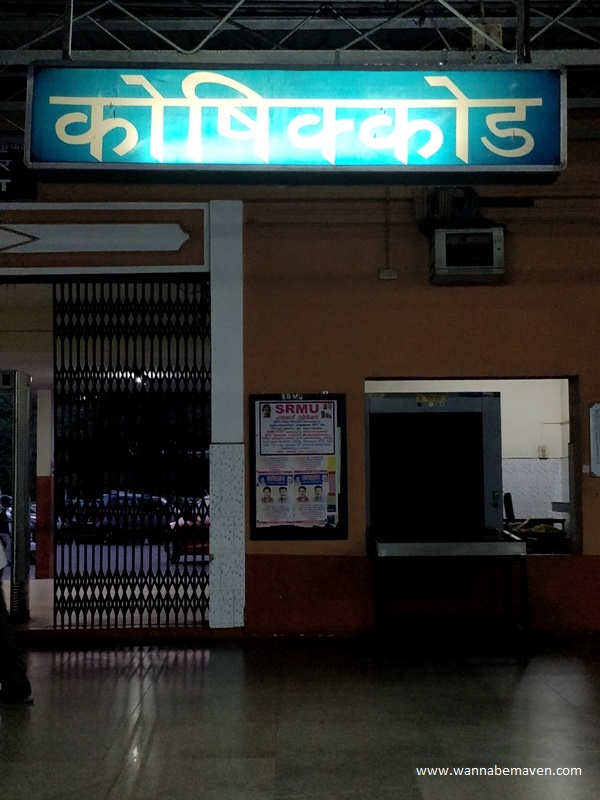
Arriving in Kannur
I arrived in Kannur late into the evening on a crowded train from Kozhikode. At my lodge, I approached the manager with my scribbled notes on Theyyam dates but the discussion led me nowhere. Most festivals in Kerala are based on the Malayalam calendar and local customs there, so the dates on the internet are just an estimation. Disheartened, I inquired if there’s any Theyyam performance I can watch while in Kannur. In an unsure tone, he directed me to the Railway Muthappan Temple, where I could try my luck.
Later in the evening around 9pm, I boarded a rickshaw to the Railway Muthappan temple, but reached by the end of the performance. I had missed the Muthappan Theyyam – a folk dance dedicated to Muthappan, a unified form of Lord Vishnu and Lord Shiva. It’s worth noting that there are about 400 types of Theyyam performances across Kerala, and by virtue, 400 different types of stories around the gods and celestial spirits in Kerala mythology.
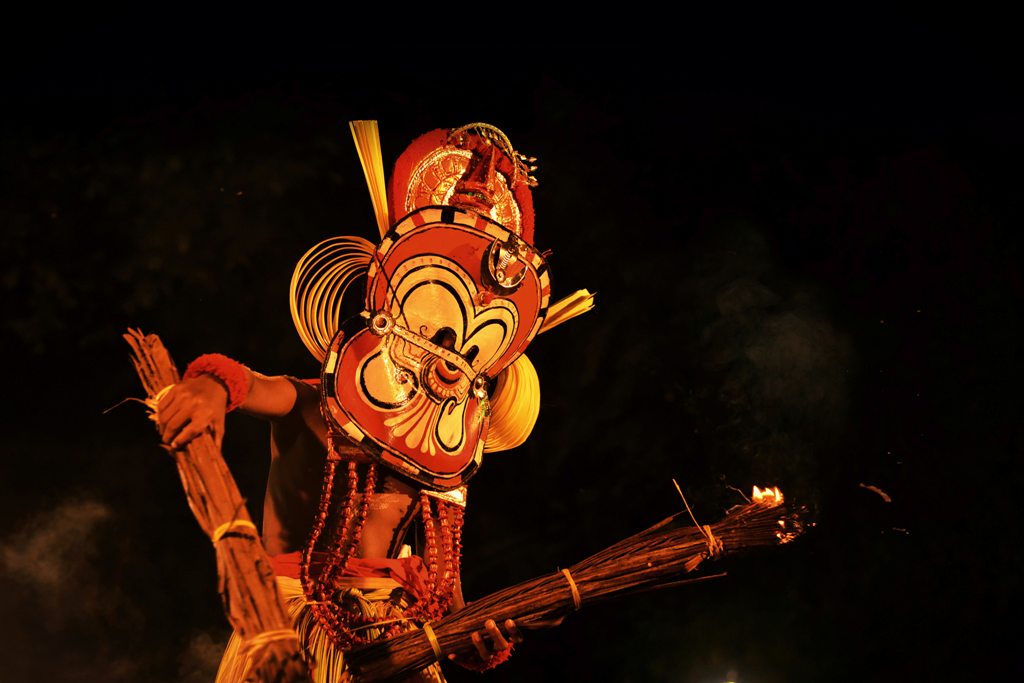
From Kannur to Kasaragod
Next morning, I left Kannur for Kasaragod on Kerala-Karnataka border, where I had heard whispers of a Theyyam performance. In Kasaragod, I saw posters near the old bus stand that read – Sri Nalvara Daivastanam, Kanathur – Kaliyaata Mahotsava. The former was the name of the temple in Kanathur village and Kaliyaata Mahotsava meant Theyyam celebration.
That evening, I took a prepaid rickshaw to Kanathur village, 25 km away. An hour later, I got off in front of the temple signage. The sacred grove (Kaavu) where the Theyyam would take place was another 10 minute walk inside the village. My pace multiplied as I heard the temple chants in the distance.
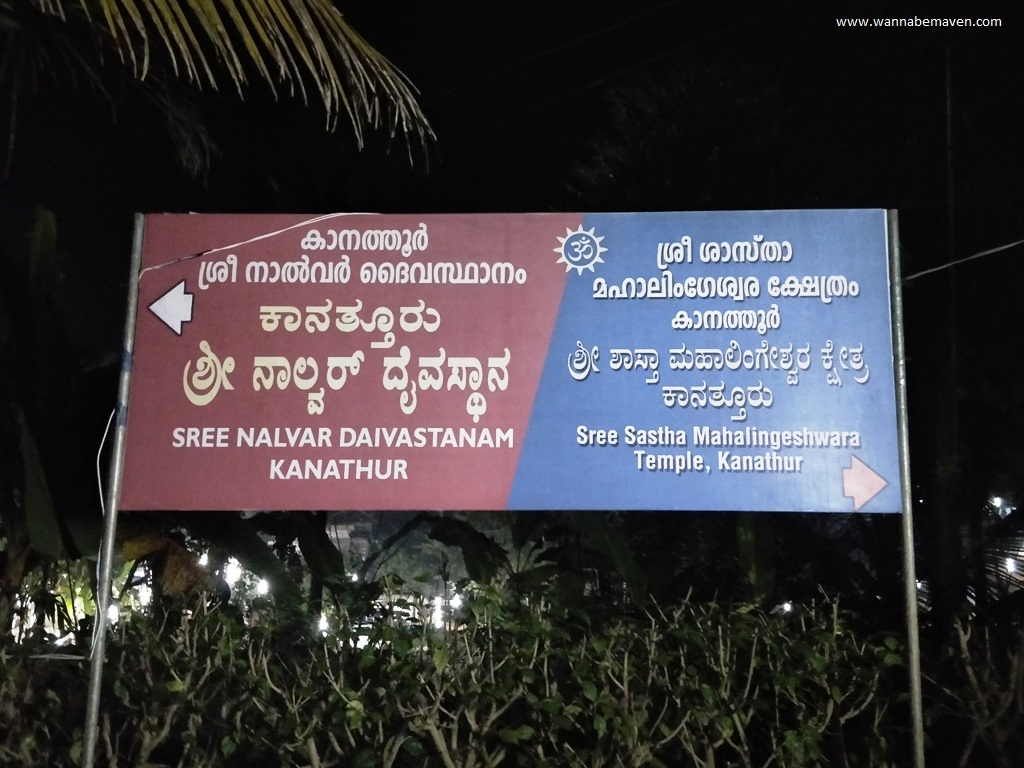
The Theyyam at Kanathur was visibly larger in scale compared to Kannur. It was a fair-like atmosphere, where the entire village had turned up. There were stalls for cotton candy, Goli-soda and Biryani. I walked past everything and straight towards the sacred grove where the ceremony was taking place. Surrounded by men in their mundus and women in traditional sarees, I seemed like the only non-malayali at the venue. Unperturbed, I watched the spectacle albeit from a tourist’s eye; fully aware that for many sitting there this was a religious ceremony.
https://www.instagram.com/p/B7bPENQJAI7/
Dance of the Gods
My first full glimpse of the Theyyakaran left me captivated. A man decked up in the image of God that he was personifying for the night. His face was painted in a vivid mix of red and orange, eye sockets were black and so was his painted moustache. He donned chunky metallic bangles and ankle bands, and wore a headgear made of shimmering glass pieces. I couldn’t possibly tell but it seemed like the Kinnimaani Theyyam meaning the dance of invincible truth keepers. Broadly this made sense because the Nalvar Daivastanam where I was standing is considered as the ‘divine court’ – and where the ancient practice is still followed to resolve human affairs through divine intervention.
https://www.instagram.com/p/B7V1RCgJEuY/
Trance Dance
Fire is an important element in a Theyyam performance, as I observed temple volunteers holding thin wooden sticks blazing away as the dance narrative played out. An hour into the performance, the Theyyakaran’s moves became aggressive and expressions intense. He was sprinting and taking rounds after rounds of the length of the courtyard to the tunes of the chendas, drums and trumpets. The temple priests sprinkled holy water on the ceremonial armour before handing it over to the Theyyakaran. Five more volunteers assembled to place on him a 9 feet headdress while he moved in a state of trance.
Another hour into the act, a procession led towards the smaller temples in the village. The celebrations culminate with devotees seeking blessings from the Theyakkaran in a completely possessed state. Quite likely, the ceremony would continue well into the night, morning even. As much as I wanted to stay to witness the crescendo, by 12am, I consciously decided to leave. But unlike the first attempt, my chase to watch this elusive folk dance ritual had met with success this time around. It wasn’t easy, but to quote a popular saying, “Nothing worthwhile is easy”.
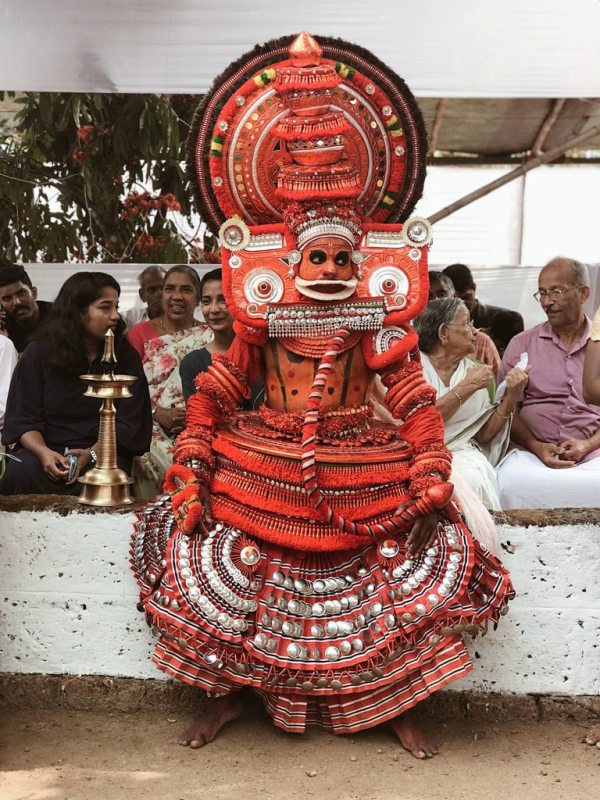
Best time to watch a Theyyam
Theyyam performances happen between December and April each year. Kannur and Kasaragod are the best places to watch a Theyyam in North Kerala. Details of where to find a Theyyam are available on the Kerala tourism website but these should be considered only as approximate dates. It is best to confirm with a local source on-ground.
Pro tip: While Theyyam performances happen during the day as well, be sure to catch a midnight performance for that’s when the entire spectacle comes to life. Village facilities are bare minimum so it’s best to stay in the city and arrange for a pre-hired vehicle to take you to and fro. Women should travel with caution in the interiors of the village, if alone.
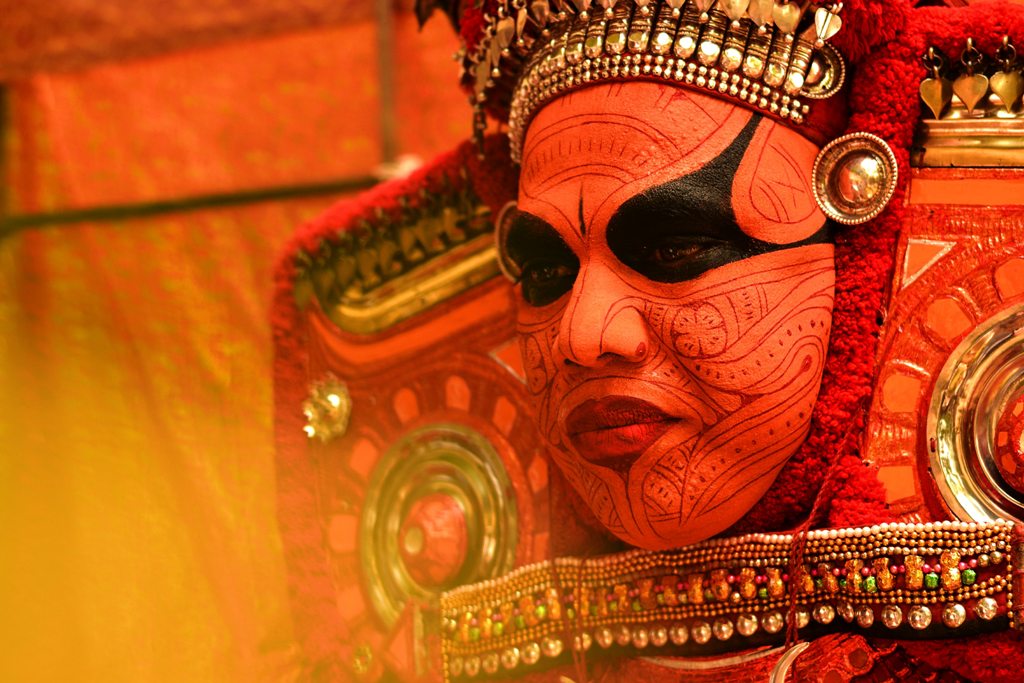
More on Theyyam in Kerala
Theyyam: The Other Gods is one of the best books to read up on this festive ritual
Other stories from Kerala
- A corporate slave’s itinerary from Kerala to Kanyakumari
- 5 day itinerary to explore Wayanad
- At this church in Kochi, sweep the floor when your wish is fulfilled
- Trivandrum in 24 hours
Join my travel community
Say hello to me on Instagram and Facebook . I love sharing stories of people and culture from rural India. Or Subscribe to this blog to receive instant notifications of my new posts in your inbox.
